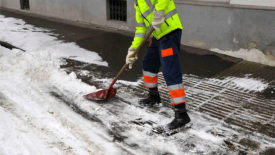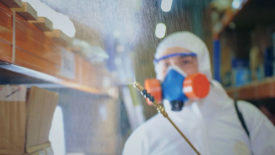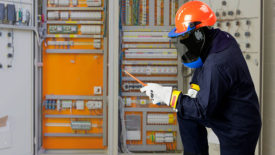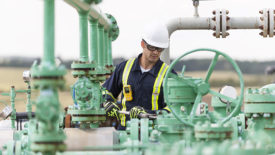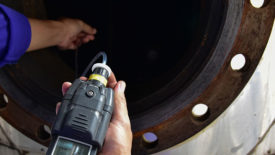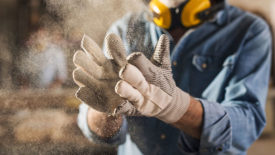Articles by Rick Pedley
Follow these tips to prevent cold stress and winter-related injuries
Read More
Cover Feature
Best practices for using vaporized hydrogen peroxide indoors
September 21, 2022
Cover Story
How to choose and maintain the best arc flash clothing for the job
August 15, 2022
Transform turnarounds
How Industry 4.0 can improve the shutdown process and plant maintenance
April 14, 2022
Become a Leader in Safety Culture
Build your knowledge with ISHN, covering key safety, health and industrial hygiene news, products, and trends.
JOIN TODAYCopyright ©2025. All Rights Reserved BNP Media.
Design, CMS, Hosting & Web Development :: ePublishing
